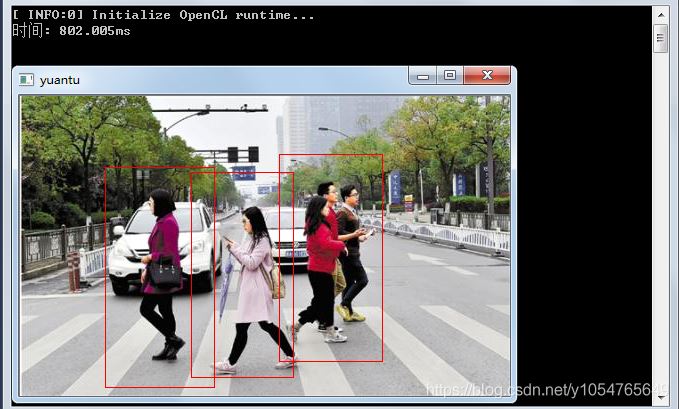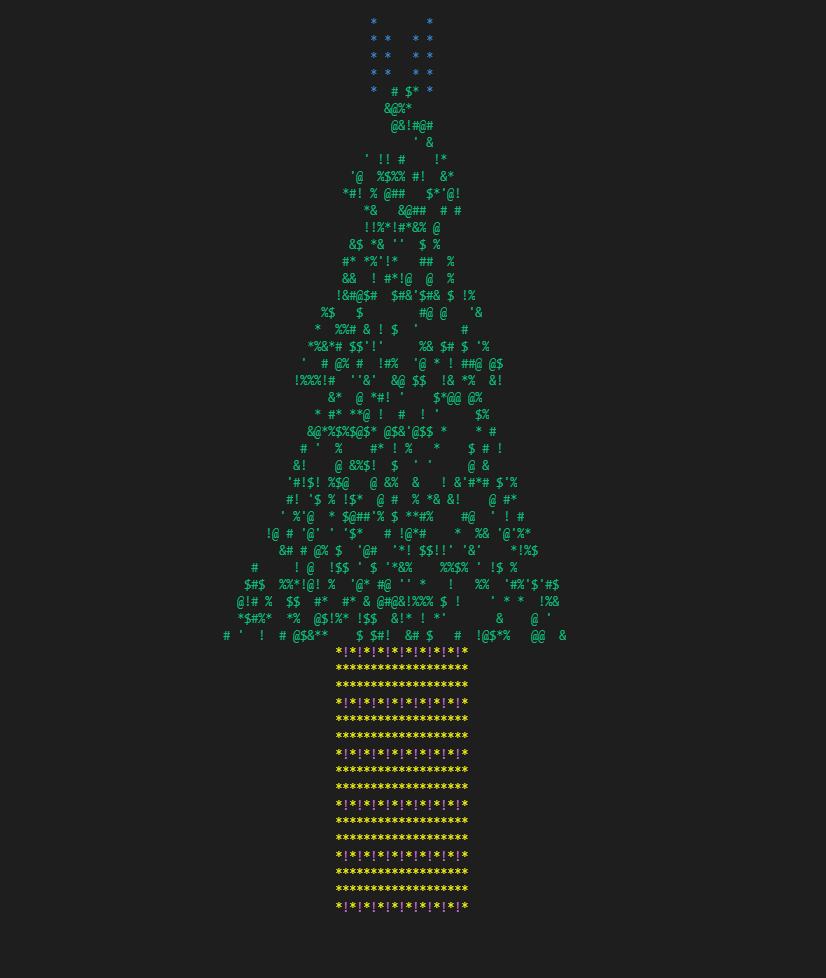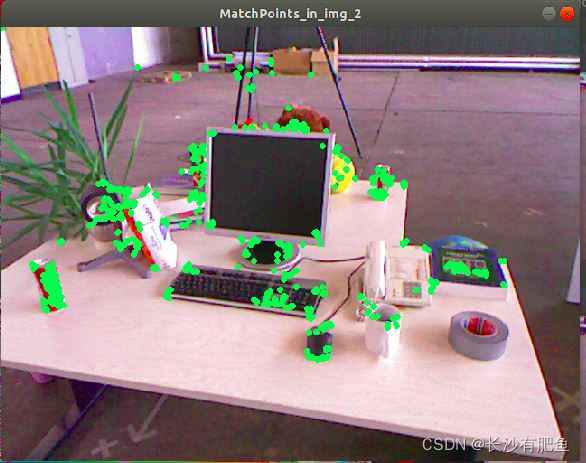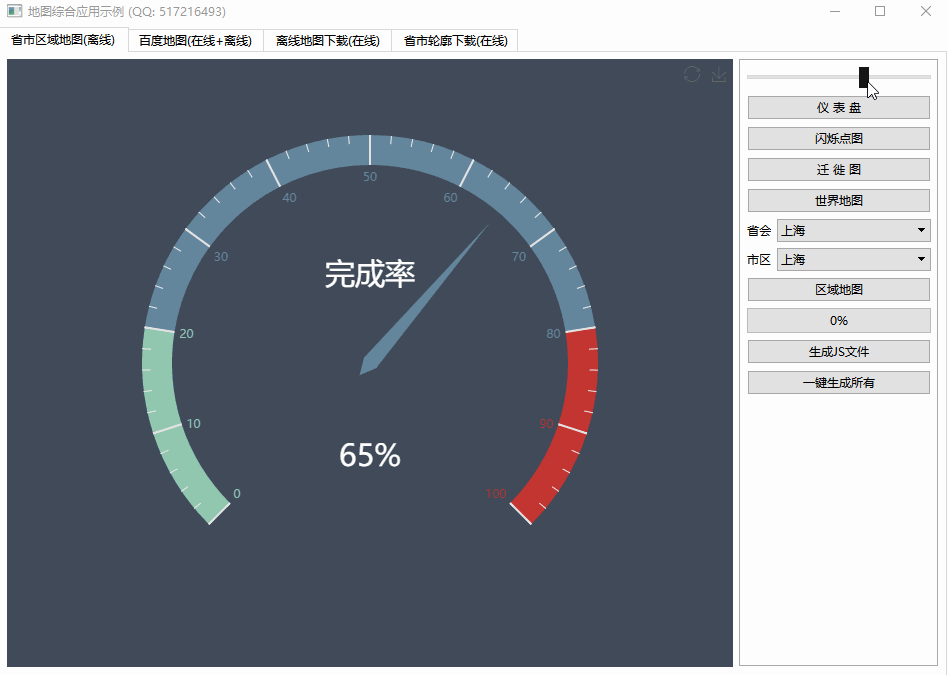boost::asio - peeking into a socket buffer(boost::asio - 窥视套接字缓冲区)
问题描述
我使用 boost::asio::read (或者可能是等效的 async_read) 从套接字读取一些数据.
I use boost::asio::read (or may be the equivalent async_read) to read some data from a socket.
是否可以将读取的字节保留在底层套接字中,以便下次在套接字上调用 read 时再次收到该数据?
Is it possible that I leave the bytes read in the underlying socket so that next time I call read on the socket I receive again that data ?
推荐答案
就像 Simon 说的,你不能用 boost::asio::read() (或 boost::asio::async_read()).但是,对于 read() 您可以在套接字上调用 native_handle() 以获取套接字描述符,然后将 ::recvmsg() 与MSG_PEEK 标志.同样,您可以使用 null_buffers() 作为接收缓冲区调用 async_read(),然后使用 native_handle()/::recvmsg() 技巧来查看数据.查看 本节关于如何使用 null_buffers() 的 boost 文档.
Like Simon said, you can't do it with boost::asio::read() (or boost::asio::async_read()). However, for read() you could call native_handle() on the socket to get the socket descriptor and then use ::recvmsg() with the MSG_PEEK flag. Similarly, you could call async_read() with null_buffers() as the receive buffer and then use the native_handle()/::recvmsg() trick to peek the data. Check out this section of the boost documentation for how to use null_buffers().
这篇关于boost::asio - 窥视套接字缓冲区的文章就介绍到这了,希望我们推荐的答案对大家有所帮助,也希望大家多多支持编程学习网!
本文标题为:boost::asio - 窥视套接字缓冲区


- Stroustrup 的 Simple_window.h 2022-01-01
- 从python回调到c++的选项 2022-11-16
- 近似搜索的工作原理 2021-01-01
- 与 int by int 相比,为什么执行 float by float 矩阵乘法更快? 2021-01-01
- 静态初始化顺序失败 2022-01-01
- C++ 协变模板 2021-01-01
- 一起使用 MPI 和 OpenCV 时出现分段错误 2022-01-01
- 使用/clr 时出现 LNK2022 错误 2022-01-01
- 如何对自定义类的向量使用std::find()? 2022-11-07
- STL 中有 dereference_iterator 吗? 2022-01-01









